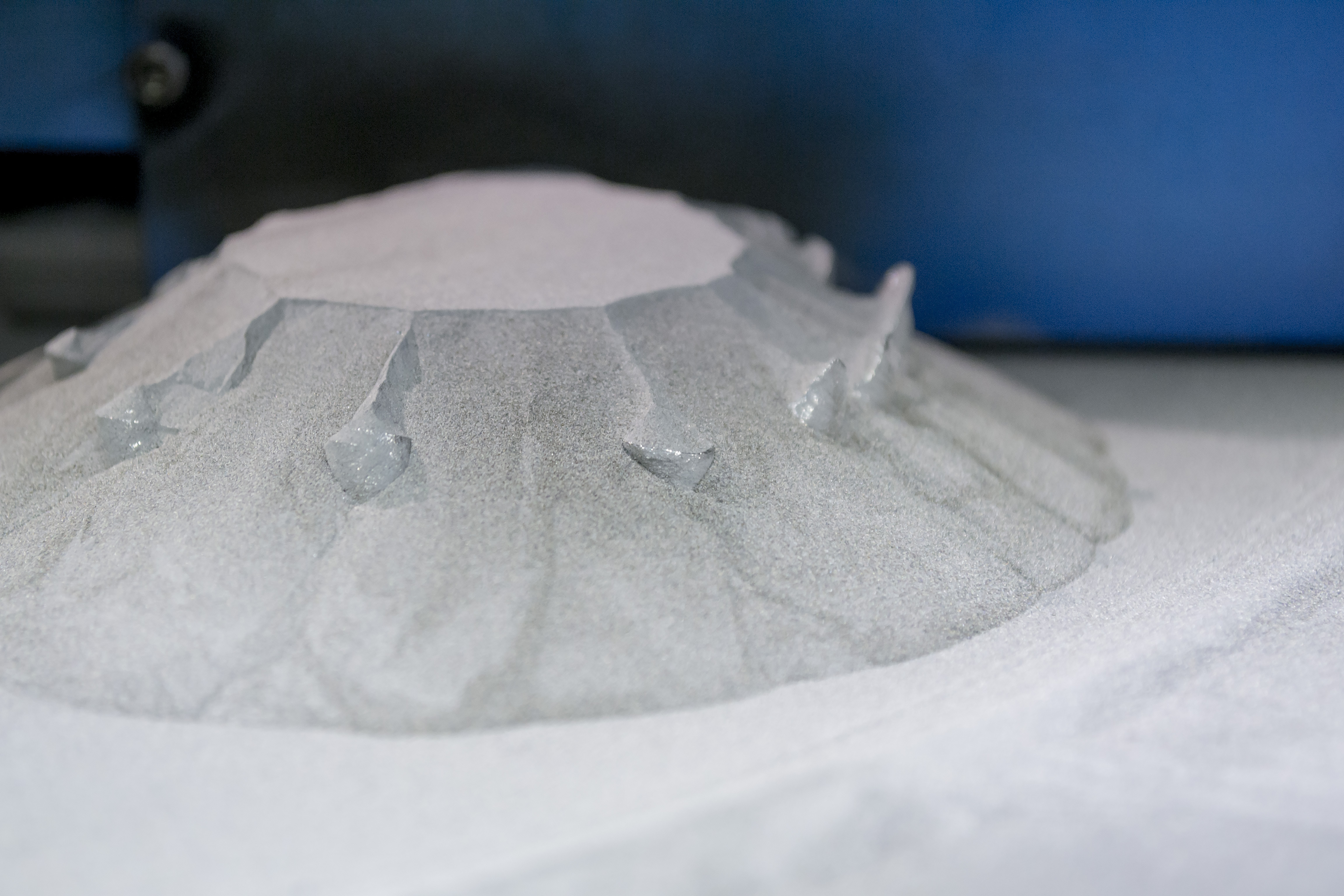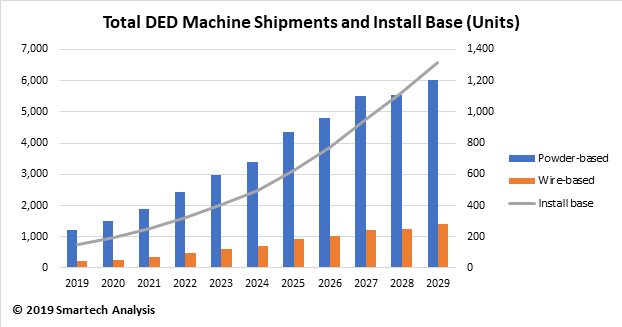The additive manufacturing “revolution” is driven by many factors. Absent the “Maker” movement going viral, creating massively new addressable markets for 3D printing, most of the drivers for 3D printing are cost related.
SmarTech has identified three primary cost-related factors which will propel additive manufacturing forward. We think that each has important consequences that will shape the additive manufacturing market.
Additive Manufacturing is Automation
Parts that previously required manual assembly can now be printed as single pieces. These savings look to become greater in the future, as printers gain the capabilities to print larger, more complex parts out of multiple materials.
We don’t expect this evolution to be rapid. But what SmarTech does predict is that additive manufacturing will come to seem more and more part of the larger trend towards automating the skills of highly-skilled technicians and craftspeople. This does not yet seem to be part of the conventional wisdom surrounding additive manufacturing.
Lower Material costs: Does it Matter?
At present this conventional wisdom seems more focused on touting additive manufacturing as a technology that will save materials costs. But how much will this really matter? Most of the materials that are used for 3D printing are not especially expensive.
Even though additive manufacturing may use one-tenth the material needed in more conventional manufacturing, we think this will prove only a small incentive to the deployment of additive manufacturing.
Equipment prices: Low and Lower
A much bigger incentive may come from the fact that additive manufacturing equipment – notably 3D printers – are relatively low cost when compared with other machine tools. At the same time, many of the patents for the original additive manufacturing techniques have expired, inviting new entrants into the market and leading to further price declines.
Low price additive equipment will encourage its wider use. The “Maker” movement – although we think its impact is currently exaggerated — is an example of this happening today.
Why Rapid Prototyping Got There First
Additive manufacturing, at any cost, is an enabling technology; necessary but not sufficient. The businesses in which its use will be most profitable have yet to be determined and SmarTech believes that successfully identifying these opportunities will be key to success in the additive manufacturing market.
Just noting the ability of additive manufacturing to costs will not in itself make the opportunities evident to entrepreneurs and corporate planners. But the analysis above does serve as an explanation of why rapid prototyping has emerged as the first “big” application for rapid prototyping.
The point here is that prototyping is an established activity that is characterized by slow processes and high cost labor. Because of decreasing costs, what additive manufacturing now brings to the prototyping activity is (1) equipment that is comparable in cost to traditional prototyping equipment and with higher effective throughput and (2) the opportunity to reduce the labor costs associated with prototyping.
There are also enough prototypes that are within the scope of today’s additive manufacturing to create a sizeable market. While we hesitate to use the word “disruptive,” additive printing, does seem to have the whiff of disruption about it.
There is certainly a pent up demand for faster prototyping in many industries and the potential cost advantages that additive manufacturing brings to the prototyping table are already being felt in selected industries and SmarTech expects to see them spread to other sectors in the next two to three years.




